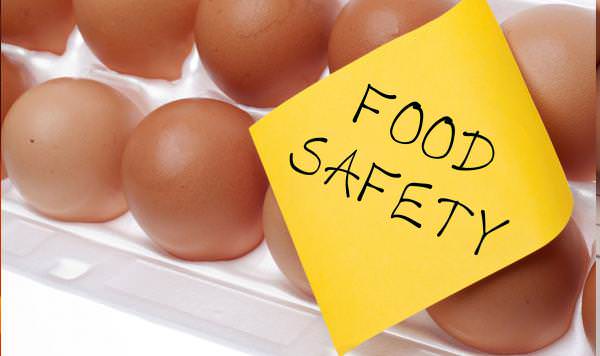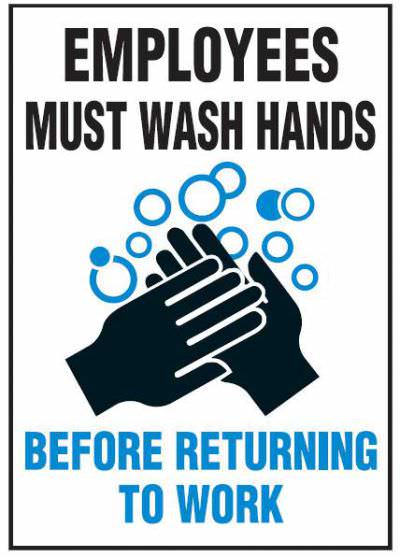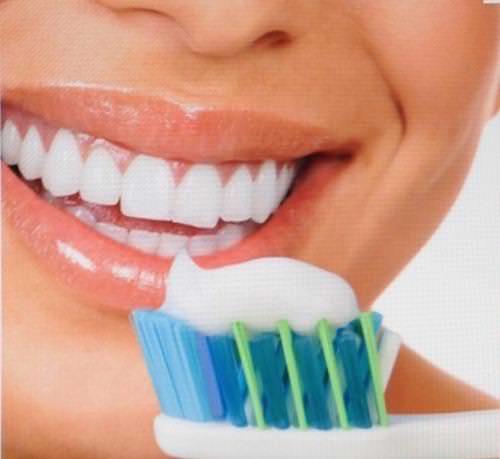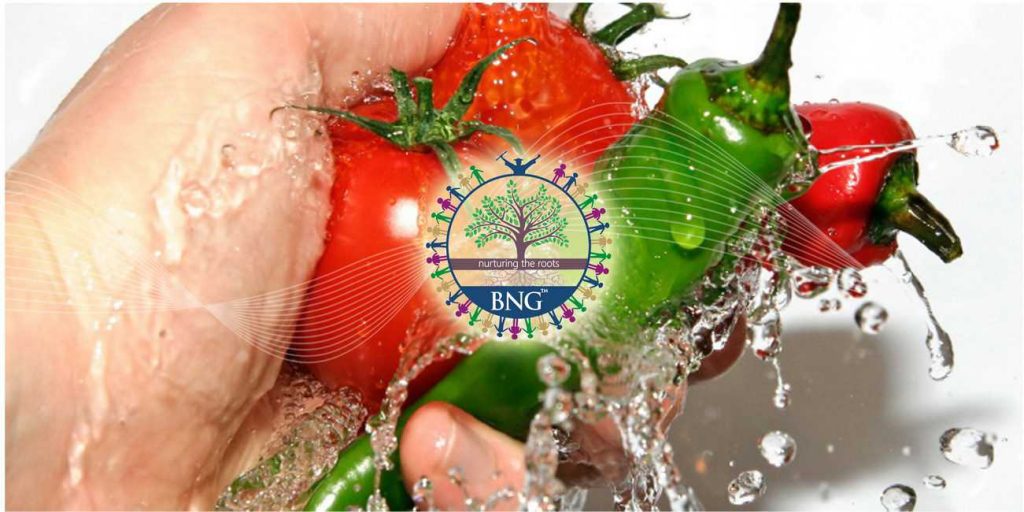Food Safety and Hygiene
Food Safety and Hygiene are various conditions & measures which are always necessary to ensure safety of various food and beverage items from production to consumption by hotel guests. Food & beverages served in hotels and restaurants can become contaminated at any point of time during slaughtering in butchery or harvesting in fields, or during processing them in factory, or even at the storage, sometimes during distribution, or even transportation and preparing them anywhere in unhygienic way. Lack of adequate food and beverage hygiene knowledge or lack of hygiene knowledge among hospitality employees can lead to foodborne diseases and even death of the guest.
SANITATION for Food Safety and Hygiene
VARIOUS KINDS OF BACTERIA – Food Safety and Hygiene
- Harmless bacteria- neither harmful nor helpful to us and so not concerned with them in food sanitation.

- Beneficial bacteria- helpful to us in the manufacture of many foods including cheese yogurt and sauerkraut.
- Undesirable bacteria- responsible for food spoilage causing souring, putrefying and decomposition, may or may not cause disease but have a built in safety factor: they announce their presence by means of sour odours sticky or slimy surfaces and discolouration.
- Disease – causing bacteria or pathogens- cause most food borne illness, pathogens do not necessarily leave odours or tastes in food, you cannot tell if food is contaminated by smelling, tasting or looking at it.
#BACTERIA GROWTH
Bacteria multiply by splitting in half. Under ideal conditions for growth, they can double in number every 15 to 30 minutes. This means that one single bacterium could multiply to a million in less than 6 hours.
CONDITIONS FOR GROWTH
- Food – bacteria require some kind of food to grow and like many of the foods we do.
- Moisture – bacteria require water to absorb food (support bacterial growth). Foods with a high salt or sugar content are relatively safe, since these ingredients make the bacteria unable to use the moisture present.
- Temperature – bacteria grow best at warm temperatures. Temperatures between 7°C/45°F and 60°C/140°F will promote the growth of disease causing bacteria. This temp. is called the “Food Danger Zone”. Some health departments advocate 4°C/40°F as the lower limit of the Food Danger Zone
- Acidity/Alkalinity – in general, disease-producing bacteria like a neutral environment, neither too acid nor too alkaline.
- Air – most bacteria require air to grow, known as “aerobic”. Some grow only if there is no air present, such as in metal cans, known as “anaerobic” e.g. Botulism.
- Time – when bacteria are introduced to a new environment, they need time to adjust to their new surroundings before they start to grow. This time is called the “lag phase”. If other conditions are good, the lag phase may last about 1 hour or somewhat longer. This time delay makes it possible to have foods at room temperature for very short periods in order to work on them.
LOCOMOTION
Foods can become contaminated by any of the following means: hands/coughs and sneezes/ other foods/ equipment and utensils/ air/ insects/ rats and mice.
PROTECTION AGAINST BACTERIA
The three basic principles of food protection against bacteria for Food Safety and Hygiene are:
- Keep bacteria from spreading
Don’t let food touch anything that may contain disease – producing bacteria and protect food from bacteria in the air.
- Stop bacteria from growing
The most effective way to prevent bacterial growth in the kitchen is to keep foods below 7°C/45°F or above 60°C/140°F. These temperatures won’t necessarily kill bacteria, they’ll just slow down their growth greatly.
- Kill bacteria
Most disease causing bacteria are killed if they are subjected to a temperature of 77°C/170°F for 30 seconds or higher temperatures of shorter times. This enables to make food safe by cooking and to sanitize dishes and equipment. The term “sanitize” means to kill disease-causing bacteria.
Certain chemicals that kill bacteria may be used for sanitizing equipment.
Find out what World Health Organization is say all about Food Safety …here
FOOD – BORNE DISEASES
BACTERIAL DISEASES
There are two kinds of diseases caused by bacteria and effect Food Safety and Hygiene :
- Intoxicatious – caused by poisons (toxins) that the bacteria produce while they are growing in the food. It is these poisons, not the bacteria themselves that cause the diseases.
- Infectious – caused by bacteria (or other organisms) that gets into the intestinal system and attacks the body.
BOTULISM (intoxication)
Caused by toxins produced by the bacteria “clostridium Botulisium”, attacks the nervous system and is usually fatal, even if only a small amount of poisoned food is eaten. The bacteria are anaerobic and do not grow in high – acid foods. Most outbreaks are caused by improper canning techniques. The toxin (although not the bacteria) is destroyed by boiling at 100°C/212°F for 20 minutes.
Contamination usually takes place through soil on vegetables and to the foods. It is common in home – canned low acid vegetables (very rarely in commercially canned foods)
Use only commercially canned foods. Discard without tasting any bulged or damaged cans or foods with off odours.
STAPHYLOCOCCUS FOOD POISONING (STAPH) (INTOXICATION)
Caused by toxins produced in foods by the bacterium ‘Staphylococcus Aureus’, staph is usually the most common food poisoning, characterized by nausea, vomiting, stomach cramps, diarrhea, and prostration.
Contamination usually takes place through food workers, the foods usually involved include custards and desserts made with dairy products, potato salads, protein salads, ham, hollandaise sauce and many other high protein foods.
Always maintain good Food Safety and Hygiene and work habits. Do not handle foods if you have an illness or infection. Clean and sanitize all equipment. Keep foods below 7°C/45°F/ or above 60°C/140°F.
ESCHERICHIA COLI (INTOXICATION/ INFECTION)
Causes severe illness either as an intoxication or an infection. Severe abdominal pain, nausea, vomiting, diarrhea and other symptoms result. As an infection, it causes intestinal inflammation and bloody diarrhea. While the illness normally lasts from one to three days, it can lead to long term illness in some cases.
Contamination usually occurs through the intestinal tracts of humans and some animals, especially cattle, contaminated water. The foods usually involved are raw or undercooked red meats, unpasteurized dairy products, sometimes fish from contaminated water, prepared foods such as mashed potatoes and cream pies.
Cook foods, including red meats, thoroughly and avoid cross-contamination. Practice good Food Safety and Hygiene .
SALMONELLA (INFECTION)
Caused by salmonella bacteria, exhibits symptoms that are similar to those of staph poisoning though the disease may last longer. Most poultry carry this bacteria.
Contamination usually occurs through contaminated meats and poultry and fecal contamination by food workers. Poultry, meats, eggs, poultry stuffing’s, gravies, raw foods and shellfish from polluted waters are usually affected.
Always maintain good personal hygiene to balance Food Safety and Hygiene. Proper food storage and handling and insect and rodent control. Wash hands and sanitize all equipment and cutting surfaces after handling raw poultry. Use certified shellfish.
CLOSTRIDIUM PERFRINGENS (INFECTION)
Nausea, cramps, stomach pain and diarrhea characterize it. The bacteria are hard to destroy because cooking temperatures does not always kill them. Contamination usually occurs through soil, fresh meats and humans. Meats and poultry and reheated or unrefrigerated gravies and sauces are mostly affected.
Keep foods hot (above 60°C/140°F) or cold (below 7°C/45°F)
STREPTOCOCAL (STREP) INFECTIONS
Symptoms include fever and sore throat.

Coughs, sneezes and infected food workers transmit the disease. The foods that usually transmit it are those that are contaminated by coughs, sneezes, or infected food workers and then served without further cooking.
Do not handle food if you are infected. Protect displayed food (salad bars, pastry carts, etc) from customer’s sneezes and coughs.
INFECTIOUS HEPATITIS (INFECTION)
This is a severe disease that can last for many months. It is caused by a virus.
Contamination usually occurs through shellfish from polluted waters and infected food workers. Food contamination usually occurs through shellfish eaten raw and any food contaminated by an infected person.
Maintain good health and hygiene and use only certified shellfish from safe waters. This way you can always ensure Food Safety and Hygiene also.
TRICHINOSIS (INFECTION)
It is often mistaken for the flu at first, but can last for a year or more. It is caused by a tiny worm that becomes unbedded in the muscles.
Contamination occurs through pork products from hogs that ate unprocessed garbage.
Pork products should be cooked to an internal temperature of at least 65°C/150°F. To be on the safe side, many authorities recommend 74°C/165°F.
A detail on Food Safety and Hygiene for Food and beverage Management
CHEMICAL POISONING
Except for lead poisoning, the following diseases show their symptoms very quickly, usually within less than 30 minutes of eating the poisoned food. To prevent these diseases, do not use the material’s that cause them.
- Antimony– caused by storing or cooking acid foods in chipped grey enamelware.
- Cadmium– caused by cadmium-plated ice cube trays or containers.
- Cyanide– caused by silver polish containing cyanide
- Lead-caused by lead water pipes, solder containing lead or utensils containing lead.
- Copper-caused by unclean or corroded copper utensils, acid foods cooked in unlined copper utensils or carbonated beverages in contact with copper tubing.
- Zinc– caused by foods cooked in zinc plated (galvanized) utensils.
Personal Hygiene is also important for Food Safety and Hygiene
PERSONAL HYGIENE
- All staff reporting on duty must be fresh, well groomed and clean, not half-asleep or unkempt in appearance.

- They must change into fresh, clean overalls and those working in kitchens and service areas should wear head coverings to protect food from loose hare falling into it.
- Fingernails should be short can clean with no nail lacquers(incase of women)
- Hands should be washed well with soap before starting work or after using toilets, during work. Extra care is necessary to clean nails properly.
- All cuts must be covered with waterproof dressings.
- Infection is easily transferred from hair, nose and mouth therefore:-
- -combs should be kept out of the kitchen.
- -spitting or smoking in the kitchen or service areas should be strictly prohibited
- -when sneezing while handling food the face should be turned far way from food and a handkerchief or tissue used.
- People with colds, sore throat, boils, diarrhea or any other gastrointestinal disorder should not handle food.
- Leaning or sitting on the worktable is an objectionable habit.
- All peels etc. should be thrown into a container and not kept lying around on the worktable near the prepared food. The containers should be emptied into covered bins as soon as the work is done.
- All the kitchen cloths and equipment must be washed in hot water, preferably at 43°C to 45°C with a suitable detergent. A grease layer o the surface of the water means the detergent is not enough to be effective. Ensure that all stains are removed from equipment and cloths.
- All crockery and cutlery should preferably be immersed in hot water at 77°C for over two minutes and then air dried to prevent contact with clothes which are often used for wiping these dry.
- Food should be kept covered and maintained either ice-cold or piping hot.
- Food must be handled correctly and as little as possible.
Maintain your Hygiene and grooming learn how employees of Hotel Housekeeping maintain themselves.





